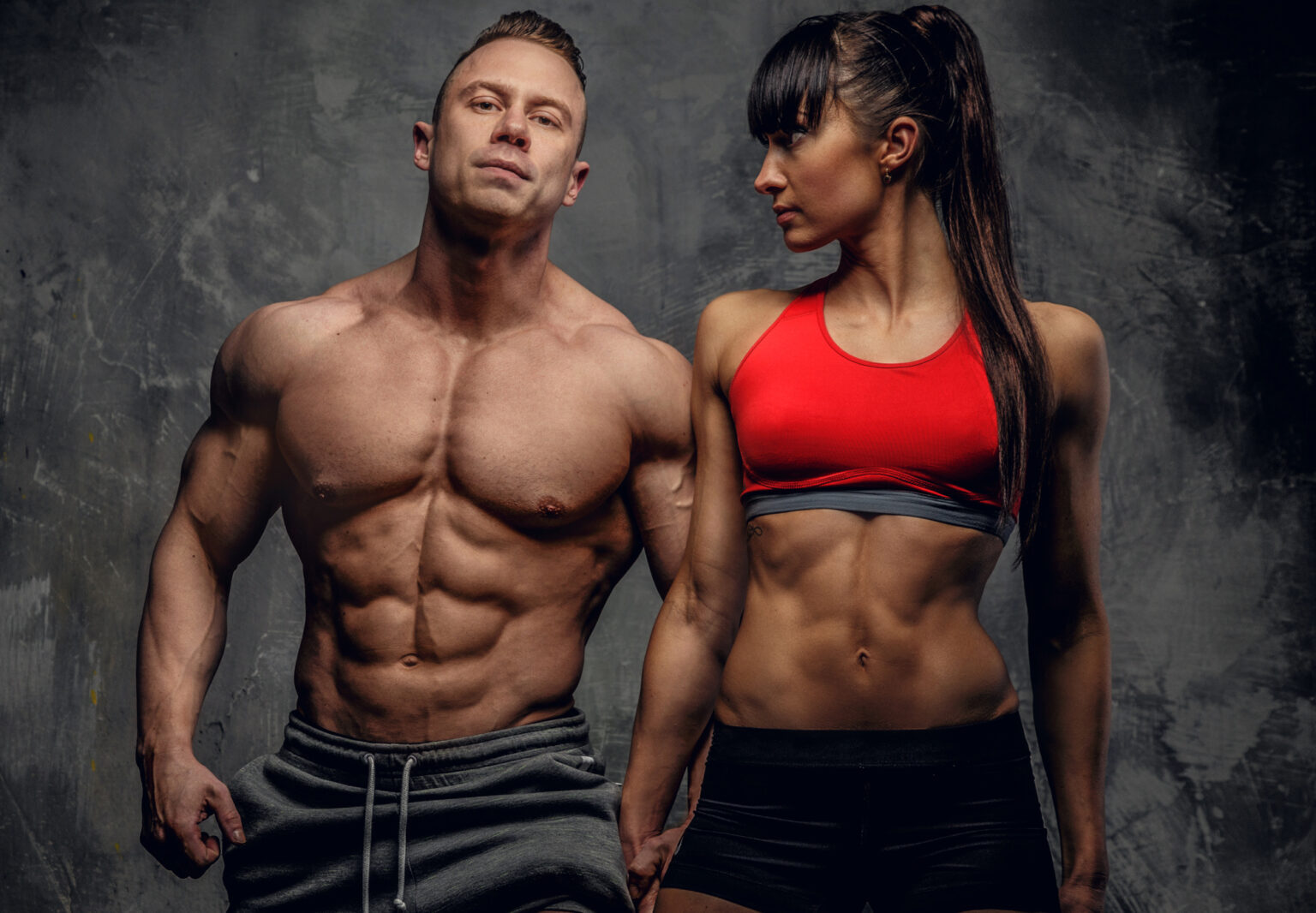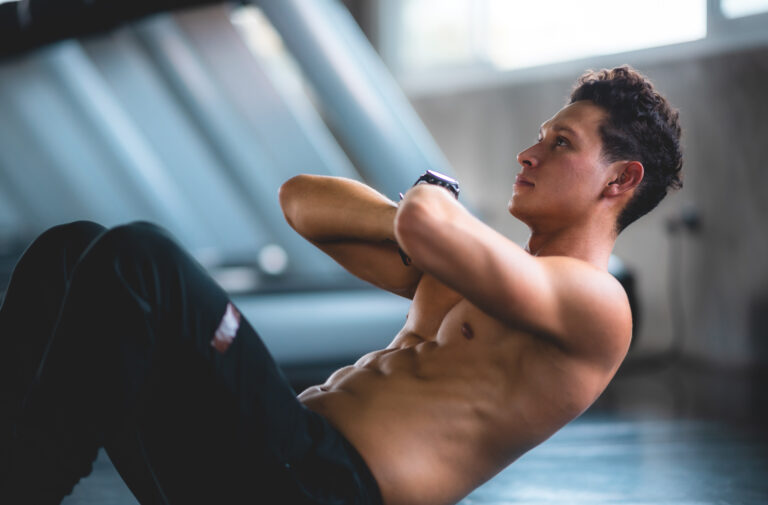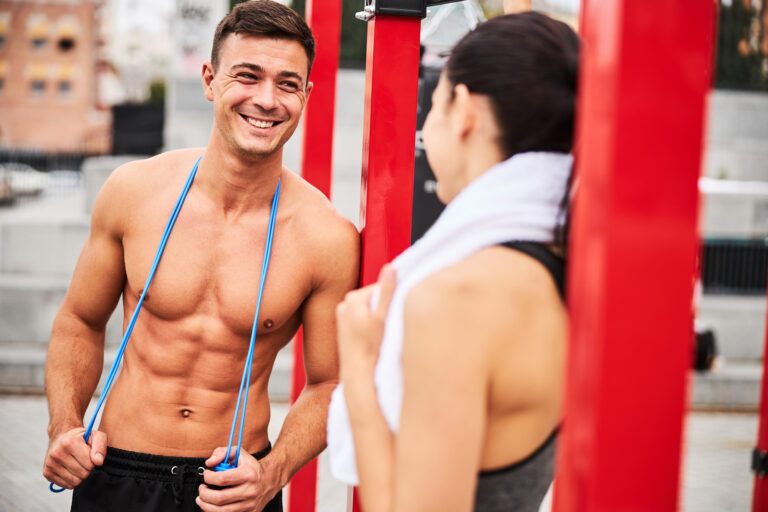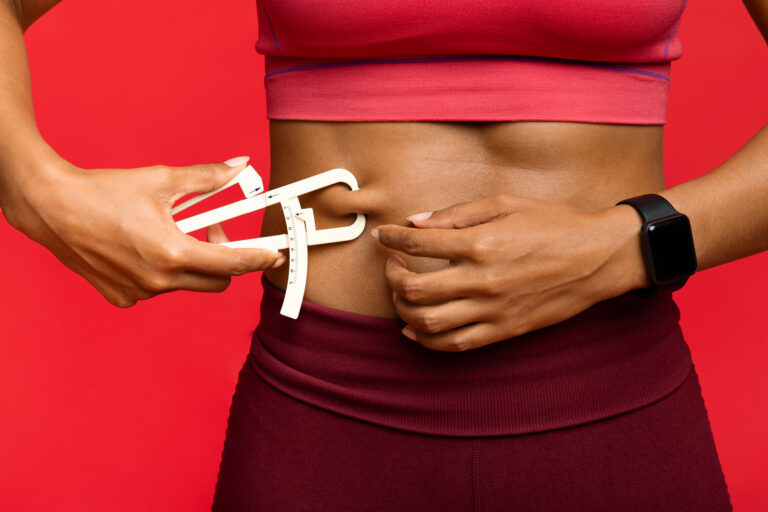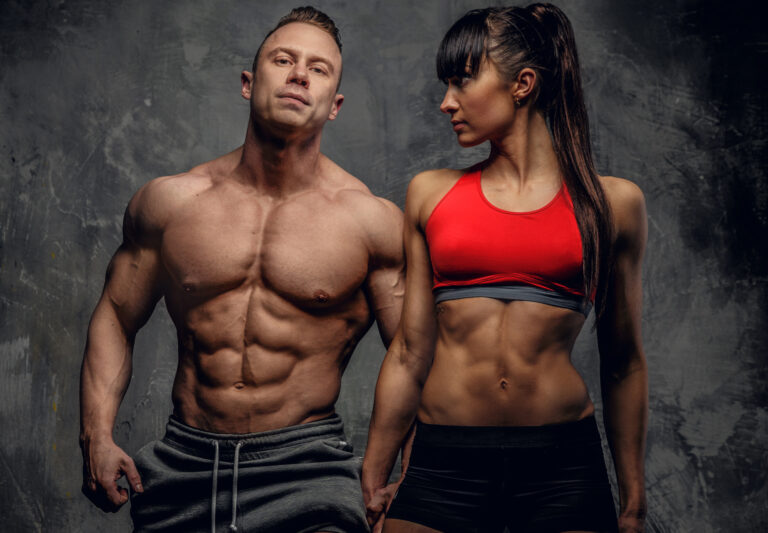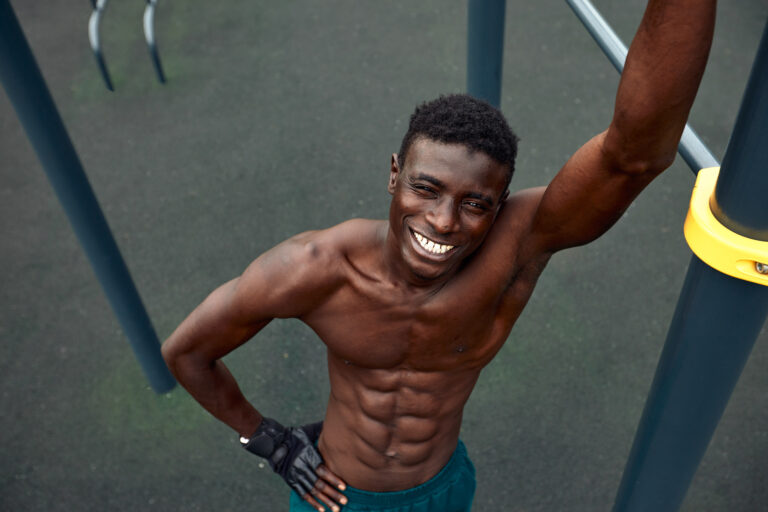What is the Pectoralis Major?
The pectoralis major, a prominent muscle of the upper chest, is pivotal for various upper body movements and athletic performances. Its significance extends beyond aesthetics, playing a crucial role in the mechanics of the shoulder and arm. Understanding the structure, functions, and methods to maintain and enhance this muscle is essential for athletes and fitness enthusiasts aiming to optimize their physical capabilities.
Anatomical Structure
The pectoralis major is a thick, fan-shaped muscle situated at the front of the chest. It spans from the clavicle (collarbone) and sternum (breastbone) to the humerus (upper arm bone), creating a broad attachment area that contributes to its powerful function.
The muscle is divided into two distinct parts: the clavicular head and the sternal head. The clavicular head originates from the medial half of the clavicle, while the sternal head arises from the sternum and the upper six costal cartilages. These fibers converge and insert into the lateral lip of the bicipital groove of the humerus. The arrangement allows the muscle to produce a wide range of motions at the shoulder joint.
The pectoralis major lies superficial to the pectoralis minor, a smaller and deeper muscle. The deltoid muscle covers the pectoralis major’s upper part, and the anterior edge of the latissimus dorsi overlaps its lower portion. This intricate positioning underscores the muscle’s involvement in complex movements and interactions with surrounding structures.
The muscle fibers’ orientation—horizontal in the clavicular head and more vertical in the sternal head—enables the pectoralis major to perform diverse functions. This alignment allows the muscle to act on the shoulder joint from different angles, providing versatility and strength in various physical activities.
Physiological Functions
The pectoralis major is a primary mover of the shoulder joint, responsible for several key actions, including flexion, adduction, and internal rotation of the humerus. These movements are fundamental to numerous activities, from lifting and pushing to throwing and striking.
Flexion of the humerus, performed by the clavicular head, involves moving the arm forward and upward. This action is crucial in exercises like the bench press and activities such as throwing a ball. The sternal head, on the other hand, plays a significant role in adduction, bringing the arm toward the body’s midline. This movement is essential in exercises like the chest fly and actions like hugging.
Internal rotation of the humerus, facilitated by both heads of the pectoralis major, involves rotating the arm inward. This function is vital in activities that require the arm to turn inward, such as in various throwing motions and swimming strokes. The muscle’s ability to perform these movements underlines its importance in both athletic performance and everyday tasks.
Beyond its primary actions, the pectoralis major also contributes to respiratory mechanics. During heavy breathing, such as during intense exercise, the muscle assists in elevating the rib cage, aiding in the expansion of the thoracic cavity and enhancing lung capacity. This secondary function highlights the muscle’s versatility and significance in overall physical fitness.
Development and Growth
The development of the pectoralis major begins early in embryonic life, with muscle cells forming and organizing into the distinct heads seen in adults. This development is influenced by genetic factors that dictate the muscle’s size, shape, and strength potential.
Throughout life, the growth and strength of the pectoralis major are influenced by several factors, including hormonal levels, physical activity, and nutrition. Testosterone, a key hormone in muscle development, plays a significant role in the growth of the pectoralis major. Higher levels of testosterone in males generally lead to more pronounced muscle development compared to females.
Regular physical activity, particularly resistance training, stimulates muscle hypertrophy, leading to increased size and strength of the pectoralis major. Exercises that target the chest, such as bench presses and push-ups, are effective in promoting muscle growth. Progressive overload, where the resistance or intensity of exercises is gradually increased, is essential for continuous muscle development.
Age also impacts the pectoralis major. Muscle mass and strength tend to peak in the early adult years and may decline with age. However, regular strength training can mitigate this decline, helping to maintain muscle function and overall physical performance in older adults.
Common Injuries and Disorders
Injuries to the pectoralis major, though relatively uncommon, can be severe and debilitating. The most frequent injury is a pectoralis major tear, often occurring during high-intensity activities like heavy bench pressing or other strenuous pushing movements.
A pectoralis major tear can be partial or complete, with symptoms including sudden sharp pain, swelling, bruising, and a noticeable deformity in the chest. Diagnosis typically involves a physical examination, imaging studies such as MRI, and assessing the injury’s impact on shoulder function.
Treatment for pectoralis major injuries depends on the severity of the tear. Mild strains may be managed with rest, ice, compression, and elevation (RICE), along with physical therapy to restore strength and flexibility. Severe tears, especially those involving a complete rupture, often require surgical intervention to reattach the muscle to its original position.
Preventing pectoralis major injuries involves proper warm-up routines, using appropriate weights, and ensuring correct exercise techniques. Strengthening the surrounding muscles, such as the rotator cuff and deltoids, also helps support the shoulder joint and reduce injury risk.
Rehabilitation after a pectoralis major injury focuses on gradually restoring muscle function and strength. Physical therapy plays a crucial role in this process, incorporating exercises to improve range of motion, strength, and stability. Patience and adherence to rehabilitation protocols are vital for a successful recovery and return to full activity.
Training and Strengthening
Effective training of the pectoralis major involves a combination of exercises targeting both the clavicular and sternal heads. Compound movements, such as bench presses and push-ups, are foundational for developing chest strength and mass.
The bench press, performed with a barbell or dumbbells, is a cornerstone exercise for the pectoralis major. Variations like incline and decline bench presses emphasize different parts of the muscle, with incline focusing on the clavicular head and decline on the lower sternal head. Proper form and controlled movement are essential to maximize muscle engagement and minimize injury risk.
Push-ups are another versatile exercise for the pectoralis major, suitable for various fitness levels. Modifications like elevated feet or narrow hand placement can increase the exercise’s intensity and target different muscle regions. Consistent practice of push-ups helps build endurance and strength in the chest and supporting muscles.
Isolation exercises, such as chest flies, also play a role in pectoralis major training. These movements focus on the muscle’s adduction function, providing a concentrated workout that complements compound exercises. Using machines or cables for chest flies allows for a controlled range of motion and reduces the risk of injury.
Training the pectoralis major requires attention to balance and symmetry. Overemphasis on chest exercises without adequate back and shoulder training can lead to muscular imbalances and potential injury. Incorporating exercises for the upper back, such as rows and pull-ups, ensures balanced development and supports overall shoulder health.
Role in Sports and Physical Activities
The pectoralis major is crucial in many sports and physical activities, contributing significantly to performance and power. In sports like football, basketball, and rugby, the muscle’s strength and explosiveness are vital for pushing, tackling, and shooting.
In combat sports such as boxing and mixed martial arts, the pectoralis major plays a key role in delivering powerful punches and maintaining defensive postures. The muscle’s ability to generate force and stabilize the shoulder is essential for both offensive and defensive maneuvers.
Swimming also heavily relies on the pectoralis major, particularly in strokes like freestyle and butterfly. The muscle’s action in adducting and internally rotating the arm helps propel the swimmer through the water, highlighting its importance in aquatic sports.
Weightlifting and bodybuilding place significant demands on the pectoralis major, with athletes striving to develop muscle size, definition, and strength. Competitive weightlifters perform bench presses with heavy loads, requiring a strong and well-conditioned pectoralis major for optimal performance and injury prevention.
Key Takeaways
The pectoralis major is a vital muscle for upper body strength, athletic performance, and everyday functionality. Its complex anatomy and diverse functions make it a focal point in fitness training and injury prevention. Understanding the muscle’s structure, functions, and effective training methods is essential for achieving optimal physical health and performance. Proper care, including balanced training and injury management, ensures the pectoralis major contributes effectively to overall fitness and well-being.

